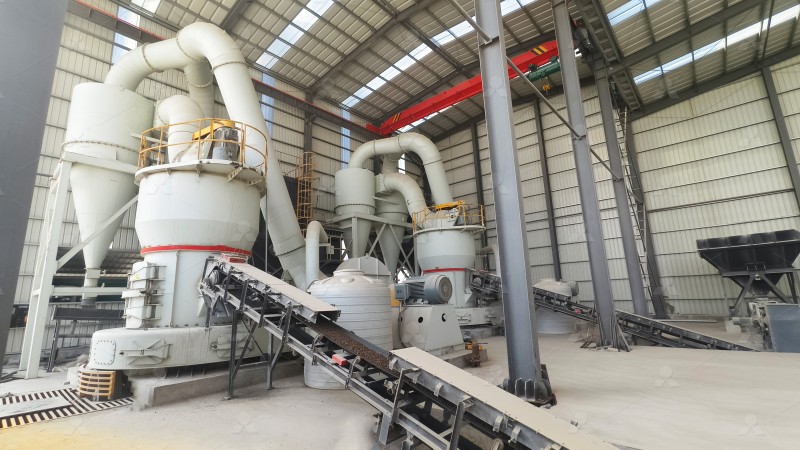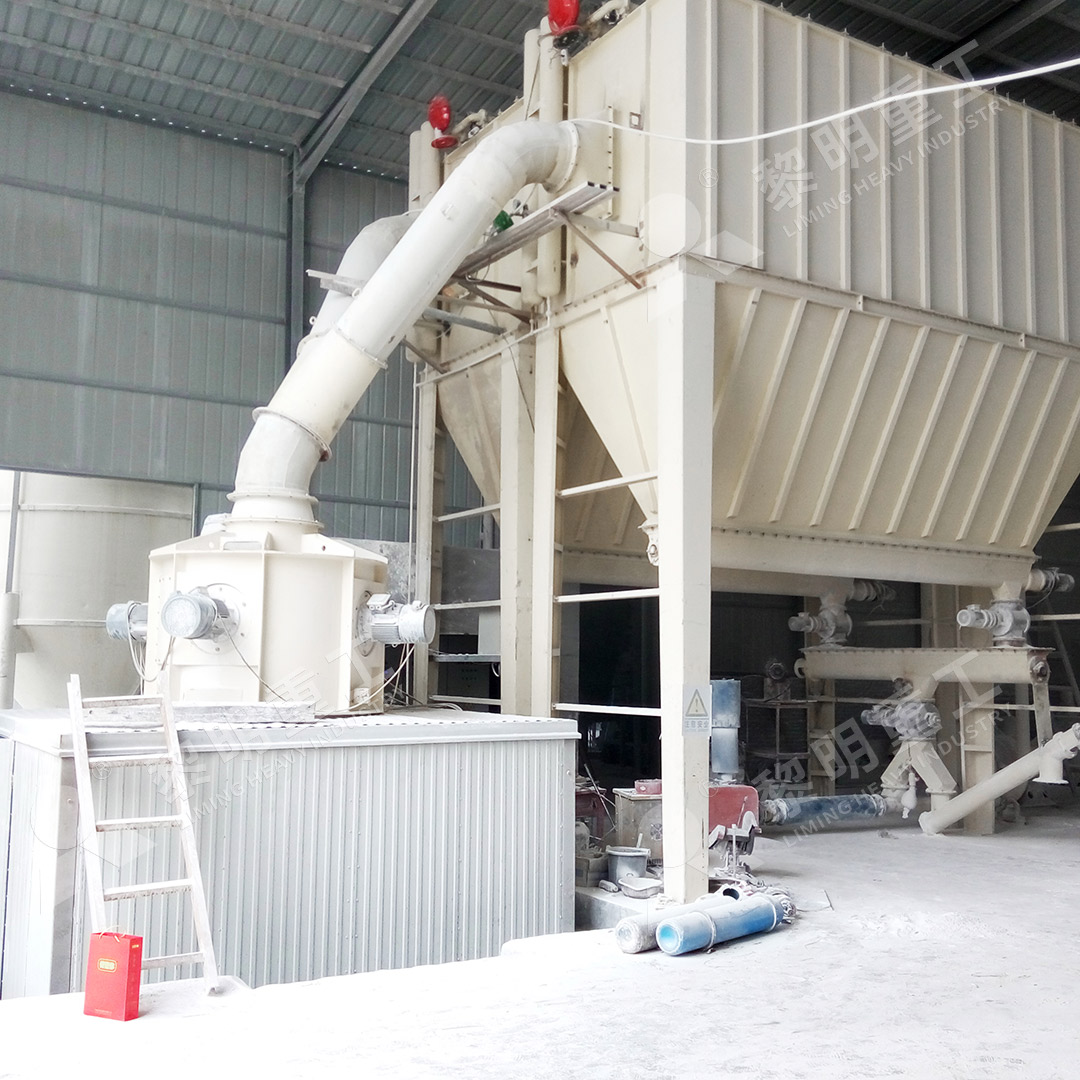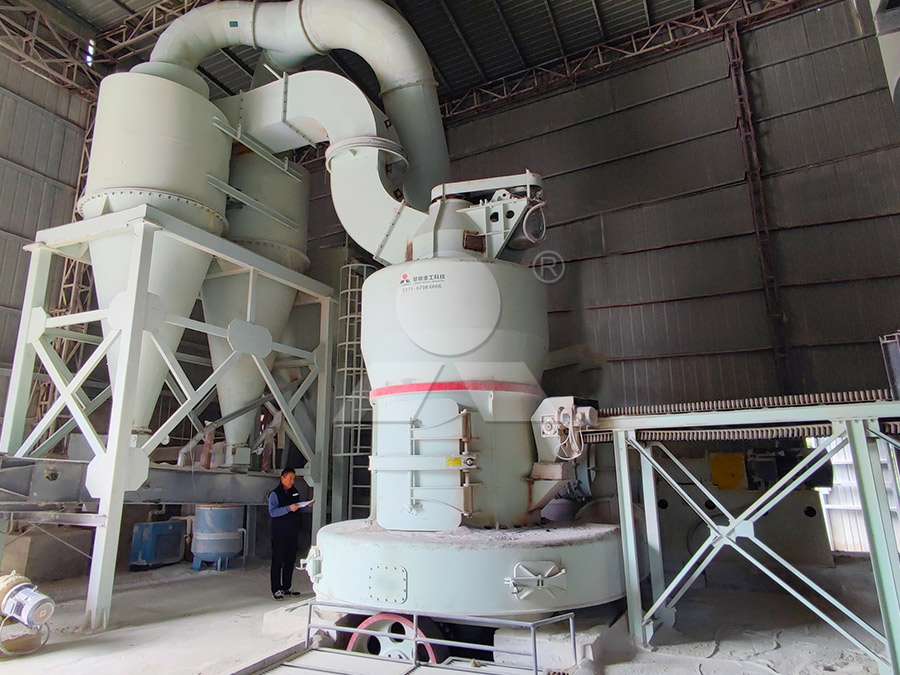High Efficiency Imported Iron Ore Grinding Mill for Mineral Processing
Maximizing Iron Ore Processing Efficiency Through Advanced Grinding Technology
The mineral processing industry faces constant pressure to improve operational efficiency while reducing environmental impact, particularly in iron ore processing where grinding represents one of the most energy-intensive stages. Traditional grinding methods often fall short in meeting today’s demands for higher throughput, finer particle sizes, and reduced energy consumption. This is where advanced grinding technology makes a significant difference.

Modern iron ore beneficiation requires precise particle size control to maximize liberation of valuable minerals while minimizing overgrinding. The ideal grinding solution must deliver consistent performance across varying ore hardness levels while maintaining operational reliability in demanding conditions. Equipment selection becomes critical when processing imported iron ores that may exhibit different characteristics from domestic sources.
Technical Considerations for Iron Ore Grinding
When selecting grinding equipment for iron ore processing, several factors demand careful consideration. The abrasiveness of iron ore requires robust construction and wear-resistant materials throughout the grinding chamber. The equipment must handle feed sizes ranging from coarse crushed ore to finer pre-ground material while maintaining stable operation across the entire spectrum.
Energy efficiency remains paramount, as grinding can account for up to 50% of a processing plant’s total energy consumption. Modern grinding solutions address this through optimized grinding mechanics, improved classification efficiency, and intelligent control systems that adjust operational parameters in real-time based on feed characteristics.
Specialized Grinding Solutions
For operations requiring ultra-fine iron ore powders for specialized applications, the MW Ultrafine Grinding Mill represents a technological breakthrough. With an input size capability of 0-20 mm and capacity ranging from 0.5-25 tph, this machine delivers exceptional performance for premium iron ore products. The innovative design features higher yielding capacity with lower energy consumption – achieving 40% higher production capacity than jet grinding mills and double the output of ball grinding mills while using only 30% of the energy consumption of jet grinding systems.

The MW Ultrafine Grinding Mill’s cage-type powder selector, incorporating German technology, ensures precise particle separation with adjustable fineness between 325-2500 meshes. The unique chamber design eliminates rolling bearings and screws in the grinding zone, preventing common failure points and enabling continuous 24-hour operation. For operations prioritizing environmental compliance, the integrated pulse dust collector and muffler system effectively controls dust and noise emissions.
Another exceptional option for iron ore processing is the LUM Ultrafine Vertical Grinding Mill, which combines Taiwanese grinding roller technology with German powder separating technology. This system handles input sizes of 0-10 mm with capacities of 5-18 tph, featuring unique roller shell and lining plate grinding curves that generate stable material layers for consistent product quality.
Operational Advantages in Iron Ore Applications
The latest generation grinding mills offer substantial benefits for iron ore processors. The elimination of direct metal-to-metal contact in critical grinding components significantly reduces iron contamination in final products – a crucial consideration for high-purity applications. Advanced sealing systems prevent fine powder leakage while maintaining optimal internal pressure conditions.
Maintenance features have evolved considerably, with designs that allow quick access to wear parts without extensive disassembly. The reversible structure of modern mills enables operators to easily remove grinding rollers for inspection and replacement, minimizing downtime during maintenance cycles. Digital monitoring systems provide real-time performance data and predictive maintenance alerts.

Environmental and Economic Benefits
Contemporary grinding technology delivers substantial environmental advantages through reduced energy consumption per ton processed and comprehensive dust collection systems that maintain workplace air quality. The compact footprint of vertical mill designs reduces the overall facility space requirements while the integrated nature of these systems simplifies material handling.
From an economic perspective, the combination of higher throughput, reduced energy costs, lower maintenance requirements, and extended component life delivers compelling return on investment. The ability to process varying ore types with consistent results provides operational flexibility that can be valuable when processing imported iron ores with changing characteristics.
Frequently Asked Questions
What makes the MW Ultrafine Grinding Mill suitable for iron ore processing?
The MW Ultrafine Grinding Mill excels in iron ore applications due to its robust construction, wear-resistant materials, and ability to produce precisely controlled particle sizes from 325 to 2500 meshes. The absence of rolling bearings and screws in the grinding chamber eliminates common failure points when processing abrasive materials.
How does the energy consumption compare to traditional ball mills?
The MW Ultrafine Grinding Mill reduces energy consumption by approximately 70% compared to traditional jet grinding mills and operates with significantly higher efficiency than ball grinding mills, achieving twice the output with comparable energy input.
What maintenance advantages do modern grinding mills offer?
Contemporary designs feature external lubrication systems that allow maintenance without shutdown, reversible structures for easy roller access, and digital monitoring that enables predictive maintenance. These features collectively reduce downtime and extend operational availability.
Can these grinding mills handle variations in imported iron ore characteristics?
Yes, advanced grinding mills incorporate adjustable operational parameters including grinding pressure, rotational speed, and classifier settings that can be optimized for different ore types. The flexible control systems allow quick adaptation to changing feed material properties.
What environmental features are incorporated?
Modern grinding systems include integrated pulse dust collectors that effectively capture fine particles, mufflers for noise reduction, and sealed systems that operate under negative pressure to prevent dust escape. These features ensure compliance with stringent environmental regulations.
